A FAD CELEBRITY’S FAST RISE & SAD FALL
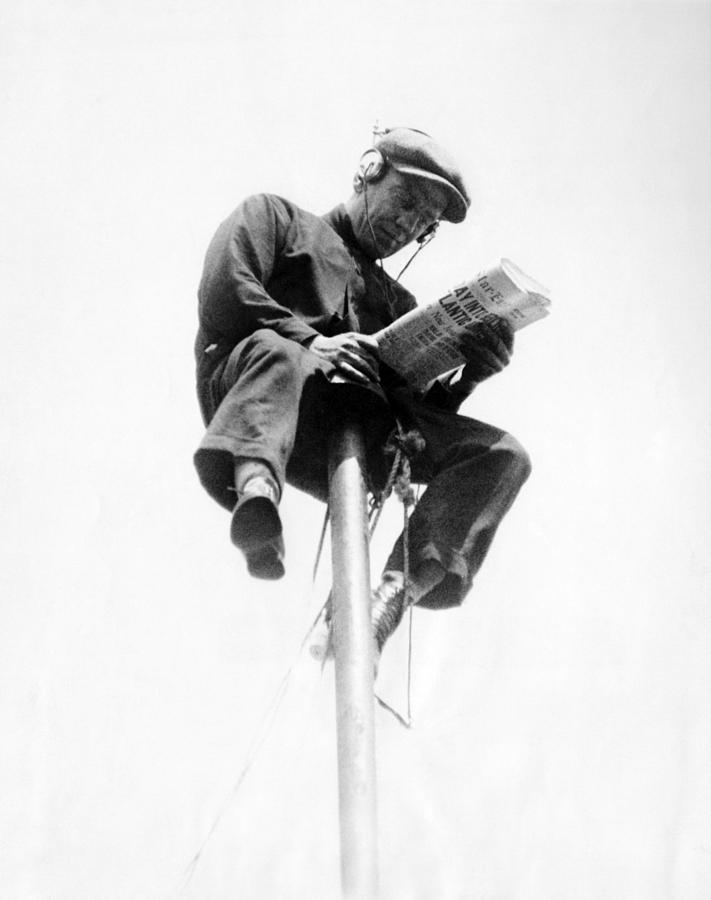 A policeman ran over to the body. There was no response. The grizzled old man who’d collapsed on a New York City sidewalk was gone. A scrapbook with “The Luckiest Fool In the World” printed on the cover was clutched under one arm.
A policeman ran over to the body. There was no response. The grizzled old man who’d collapsed on a New York City sidewalk was gone. A scrapbook with “The Luckiest Fool In the World” printed on the cover was clutched under one arm.
The man who died that October afternoon in 1952 was unlike other street people. This one had once been a national celebrity. This one had launched a fad that defined a decade.
And this one truly was, in his own words, “the luckiest fool in the world.” Listen to his story and you’ll understand why.
 Life started on a hard note for Aloysius Anthony Kelly. Born in a Hell’s Kitchen tenement in 1893, his father died before his arrival; his mother died in childbirth. He ran off to sea at age 13, changed his name to Alvin and held a string of rambling, unrelated jobs. Steelworker, church steeple repairman, boxer, movie stuntman. He served in the Navy during World War I and even managed to squeeze in getting his pilot’s license.
Life started on a hard note for Aloysius Anthony Kelly. Born in a Hell’s Kitchen tenement in 1893, his father died before his arrival; his mother died in childbirth. He ran off to sea at age 13, changed his name to Alvin and held a string of rambling, unrelated jobs. Steelworker, church steeple repairman, boxer, movie stuntman. He served in the Navy during World War I and even managed to squeeze in getting his pilot’s license.
Along the way he picked up the nickname Shipwreck Kelly. He claimed it stemmed from surviving 32 disasters at sea, including the sinking of the Titanic. (That ship’s roster shows three survivors named Kelly; all were women.)
Then something happened in 1924 that changed Shipwreck’s life forever.
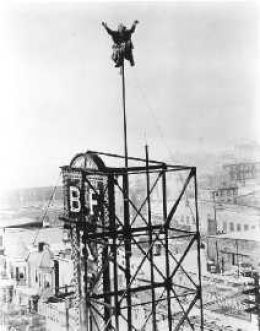 Some said he did it on a dare from a friend; others said it was because he was broke and needed money. Maybe it was a combination of both. Whatever the reason, Shipwreck climbed to the top of a flagpole outside a Philadelphia department store and sat there. A crowd quickly gathered, staring up in fascination.
Some said he did it on a dare from a friend; others said it was because he was broke and needed money. Maybe it was a combination of both. Whatever the reason, Shipwreck climbed to the top of a flagpole outside a Philadelphia department store and sat there. A crowd quickly gathered, staring up in fascination.
It was a stunt to publicize a new movie. During the 13 hours and 13 minutes Shipwreck sat atop the pole, a fad was born.
Overnight, people all over the country began searching for flagpoles to climb. This was the Roaring 20s, remember, when crazy stunts such as marathon dances and swallowing gold fish were wildly popular. For some reason that surpasses understanding, flagpole sitting was the biggest fad of them all.
And Shipwreck Kelly was the biggest star of all the sitters. He rocketed to fame thanks to sensational newspaper coverage of the new craze.
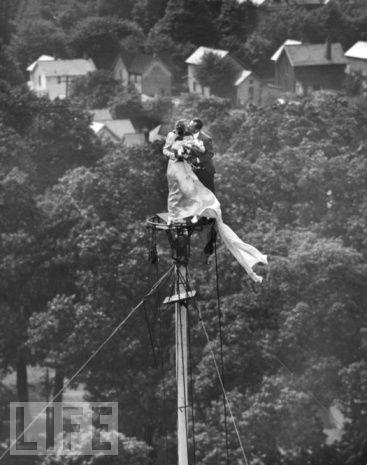 Everyone, it seemed, suddenly wanted in on the act. Teenagers, old people, even a betrothed couple who said “I Do” at the top of a flagpole.
Everyone, it seemed, suddenly wanted in on the act. Teenagers, old people, even a betrothed couple who said “I Do” at the top of a flagpole.
But Shipwreck was the gold standard against which all challengers were measured.
So, just what did he do hour after hour while hundreds (and often thousands) of people ogled him? “Drank coffee and smoked cigarettes mostly,” he said. He claimed he learned to sleep by sticking his thumbs in bowling ball-sized finger holes cut into the flagpole shaft; if he moved too much while dozing, the stinging sensation made him right his body without waking up. (Weird, I know. But the man never fell down. You can’t argue with success.)
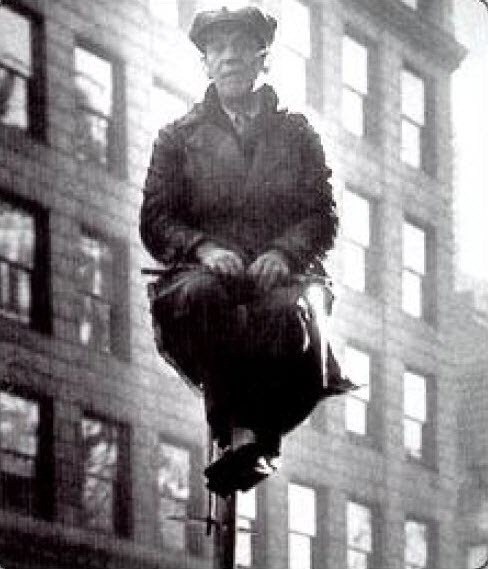 Food was sent up on a pulley. His time at sea came in handy; Shipwreck told reporters he took a “sailors bath” by rubbing a damp sponge over the essential areas. (There’s no word on how he tended to his more private bodily functions.)
Food was sent up on a pulley. His time at sea came in handy; Shipwreck told reporters he took a “sailors bath” by rubbing a damp sponge over the essential areas. (There’s no word on how he tended to his more private bodily functions.)
The crowds kept watching, Shipwreck kept pushing the envelope with longer stints at the top, and newspapers kept covering them in breathtaking detail. He stayed on a St. Louis pole in 1926 for seven days, one hour – a new record. Then he shattered it the next year in Newark, New Jersey with a 12-day sit.
 By 1929, the bizarre trend had turned into a contest. He bested rivals in Baltimore with a 23-day sitathon that Cosmopolitan Magazine called “competitive imbecility.”
By 1929, the bizarre trend had turned into a contest. He bested rivals in Baltimore with a 23-day sitathon that Cosmopolitan Magazine called “competitive imbecility.”
Shipwreck’s crowning moment of glory 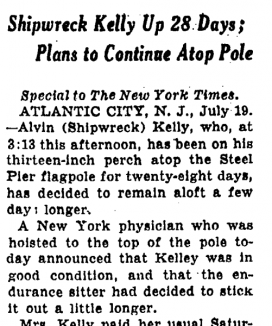 came in 1930 when he sat on a pole 225 feet above Atlantic City’s Steel Pier for an incredible 49 days and one hour. Huge crowds showed up daily to stare in wonder. It was big news from coast to coast.
came in 1930 when he sat on a pole 225 feet above Atlantic City’s Steel Pier for an incredible 49 days and one hour. Huge crowds showed up daily to stare in wonder. It was big news from coast to coast.
All good things must come to an end, and so it was for flagpole sitting. The fad fell out of favor with the Great Depression’s arrival. With too few jobs and not enough food on the table, Americans had more serious things to concern themselves with than wondering how long some daredevil could stay overhead.
The jig was up for Shipwreck Kelly. He estimated he’d logged a total of 20,613 hours on flagpoles, including 210 in sub-freezing temperatures and another 1,400 in rain. He had paid the bills throughout the 20s by charging admission to the best views of his sits and by making celebrity endorsements.
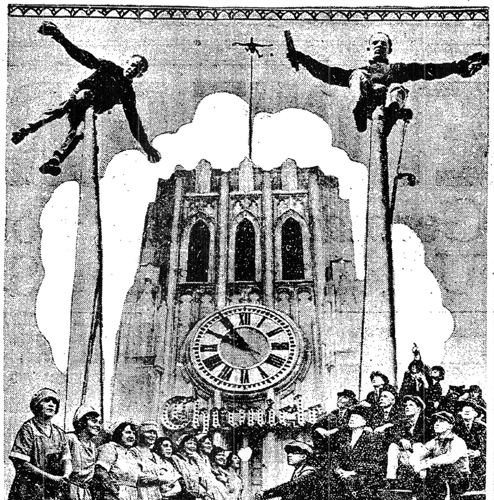 But it was all gone as quickly as it had arrived. When he tried a comeback in the Bronx in 1935, he was promptly arrested as a public nuisance.
But it was all gone as quickly as it had arrived. When he tried a comeback in the Bronx in 1935, he was promptly arrested as a public nuisance.
He served in the Merchant Marine during World War II, clinging to his hopes of a flagpole sitting revival.
Shipwreck made one last attempt to regain the limelight outside a club in Texas in October 1952, but had to climb down after suffering two heart attacks. The club’s owners refused to let him go back up for a third try. At age 59, he was just too old.
Shipwreck Kelly was on welfare when he collapsed and died on that New York City sidewalk just one week later. At his side was his beloved scrapbook filled with glowing newspaper accounts of his exploits.
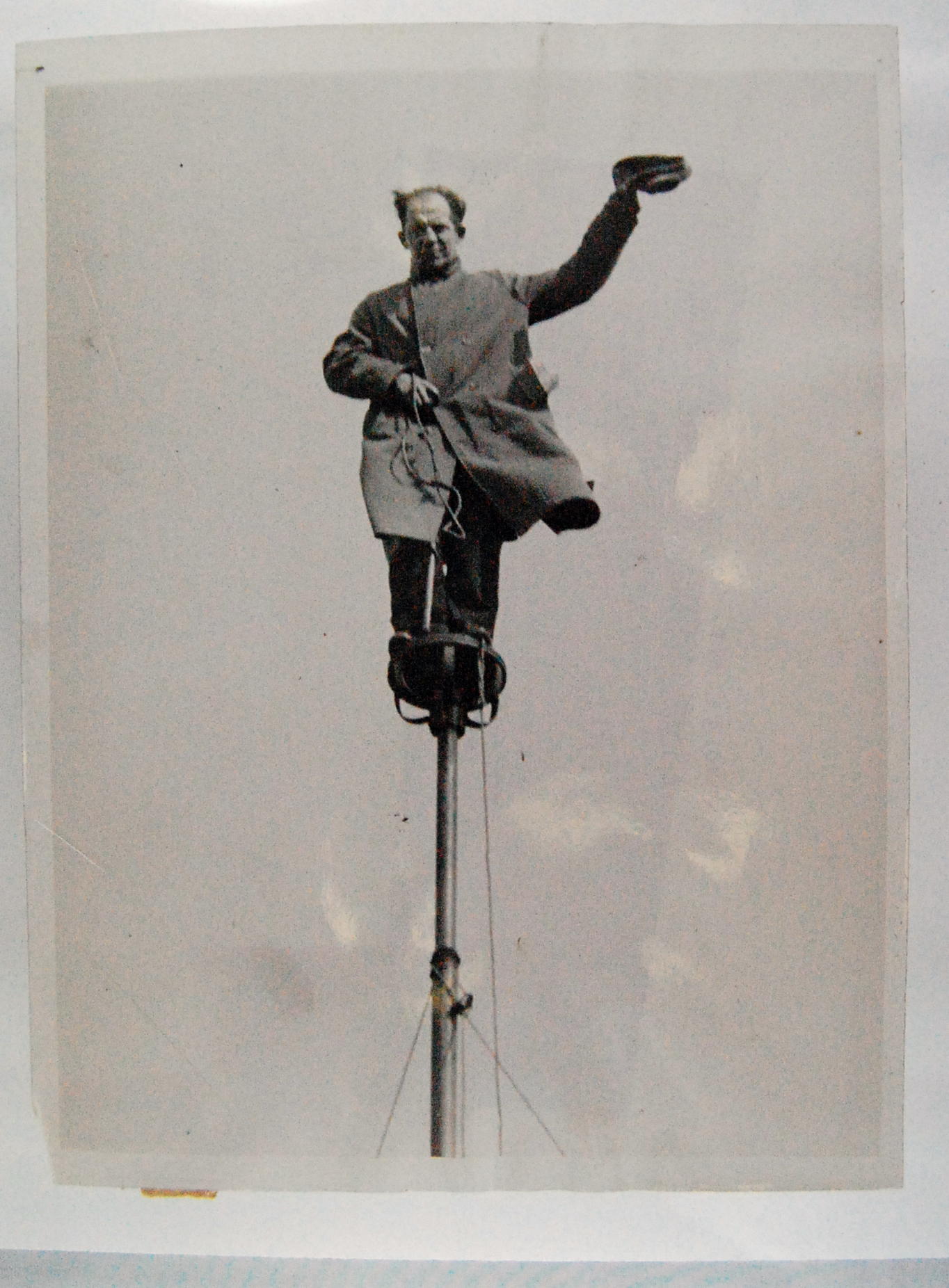 When authorities later went to the little rented room where he had lived they found his tackles, ropes and grips all packed up.
When authorities later went to the little rented room where he had lived they found his tackles, ropes and grips all packed up.
Until the very end, the Luckiest Fool in the World had been ready to make the one last climb that never came his way.
Did you find this enjoyable? Please continue to join me each week, and I invite you to read Tell it Like Tupper and share your review!
Curious about Tell It Like Tupper? Here’s a chance to see for yourself. Take a sneak peek at a couple chapters in this free downloadable excerpt.


Pingback: The Skinny on Streaking - J. Mark Powell